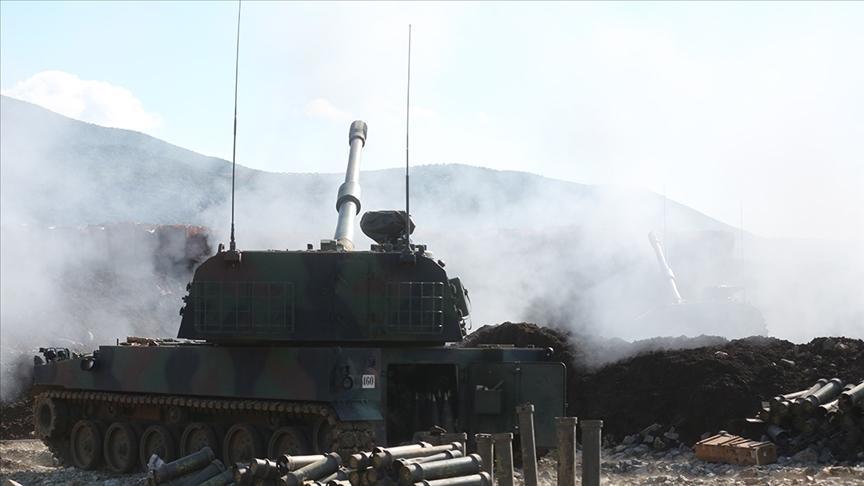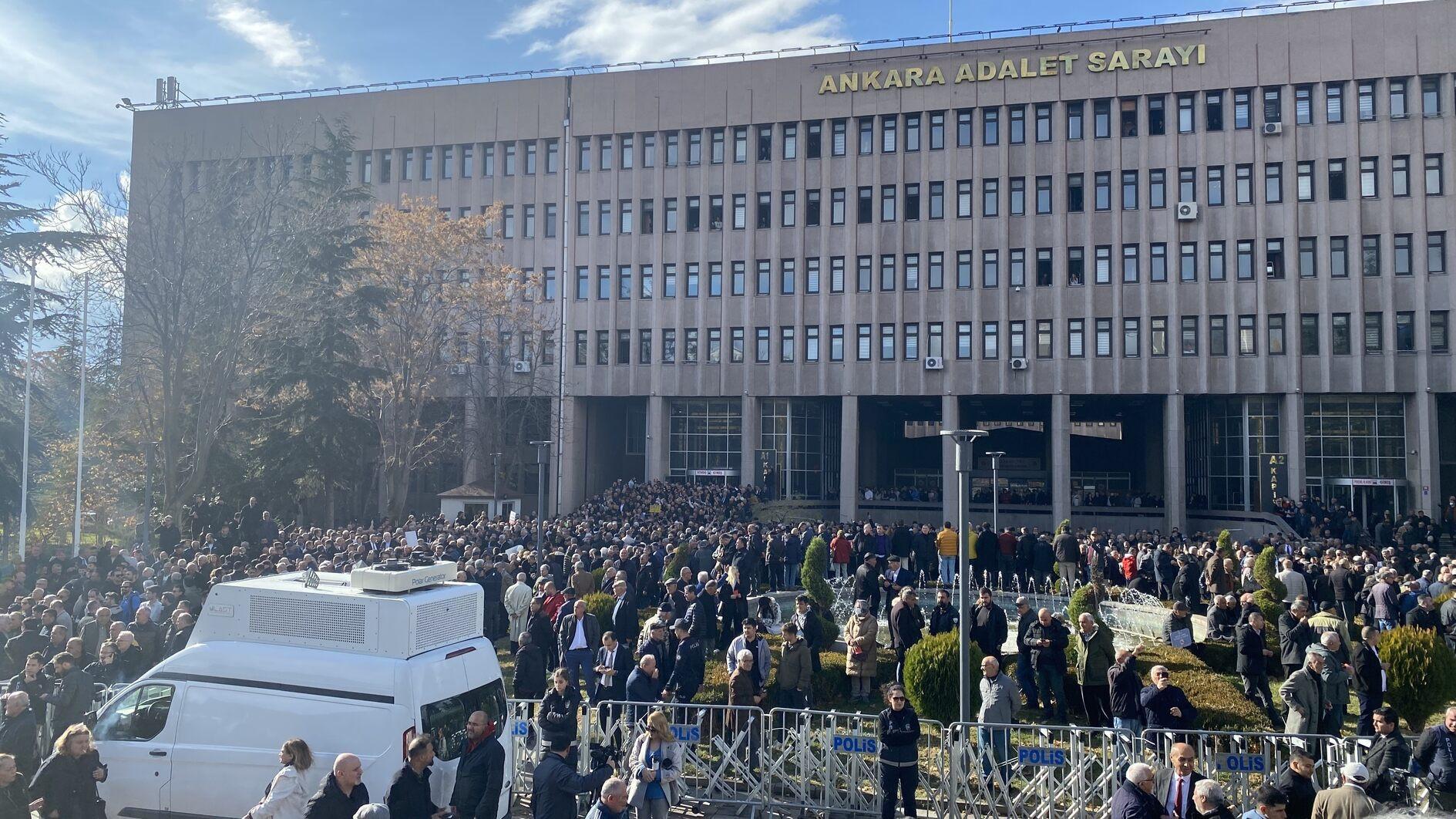Turkish culture and civilization is online
ANKARA - Anatolia News Agency

Bahaeddin Yediyıldız says the system will document everything about Turks. AA photo
A new project known as the “Integrated Information System,” initiated by the Atatürk High Institution of Culture, Language and History, will attempt to present all of Turkey’s intangible and material culture to the world via a searchable Internet platform.The institution’s chairman, Professor Bahaeddin Yediyıldız, said the system would include documentation of Turkey’s social life, science, technology, culture, administration and artistic values.
“Today information circulates too fast. This is why we give importance to the production of real and unique information. Revealing the unknown and demonstrating it with scientific data affects all societies,” Yediyıldız said, adding that an organized presentation is particularly necessarily in the virtual environment.
A healthy information technology infrastructure will have beneficial effects in many fields of life, Yediyıldız said. “We will create an information bank that will include all available information about Turkish civilization. When someone in any part of the world wants to know something about Turkish civilization, they will be able to search for a keyword on a computer and access all of the scientific information that has been created so far.”
The group has prepared a plan for the project and submitted it to the State Planning Organization (DPT), Yediyıldız said. “The DPT has given its support to the project. We have formed the infrastructure and created a 12-person team of information technology experts. Our country will have an effective role in producing and sharing information after a short time. We are looking for computer engineers and information technology experts for the project, and we have held two rounds of exams to fill the positions. A careful selection process is necessary.”
The institution has also awarded a scholarship to masters- and doctorate-level students, he said. “We are now forming a new team. We will have a scientific council of 80 persons.”
















